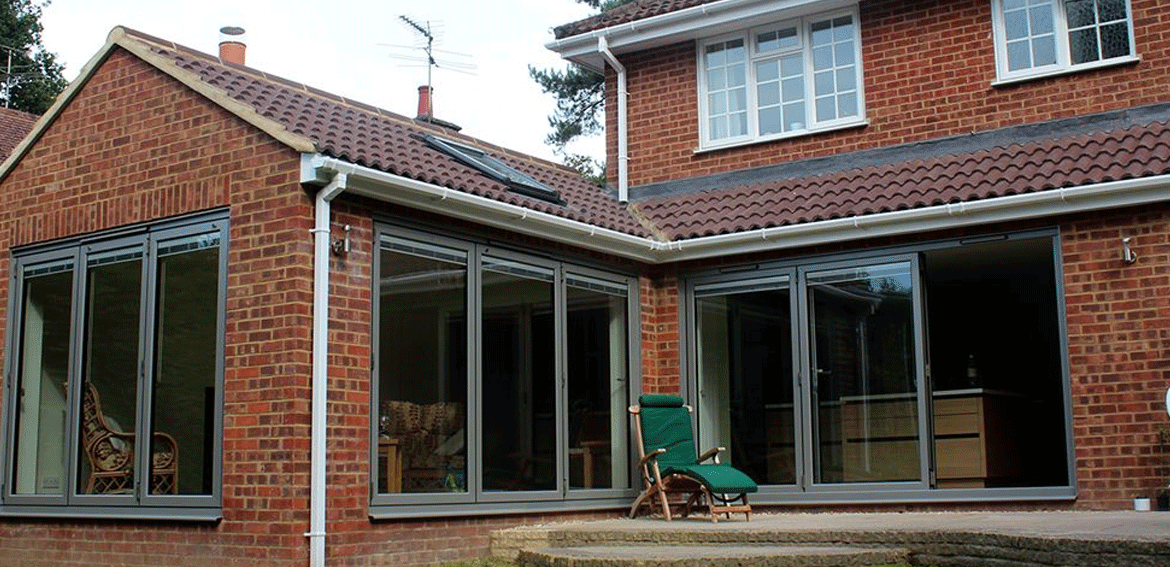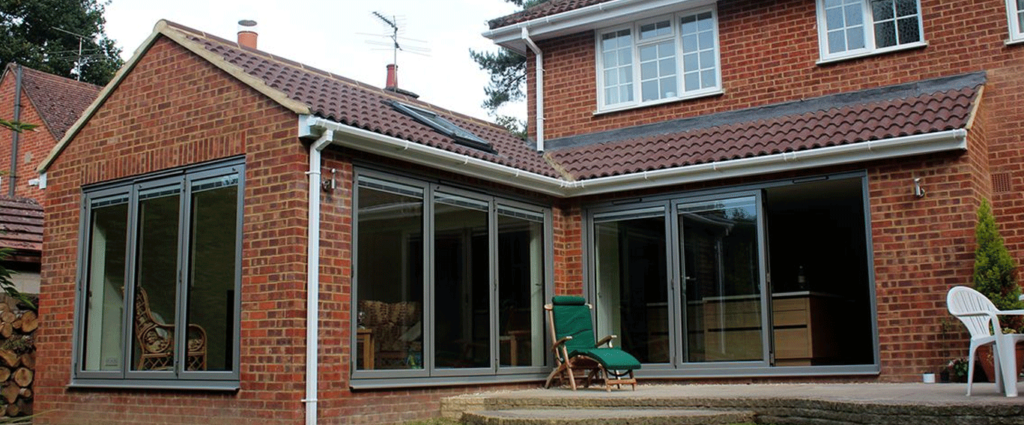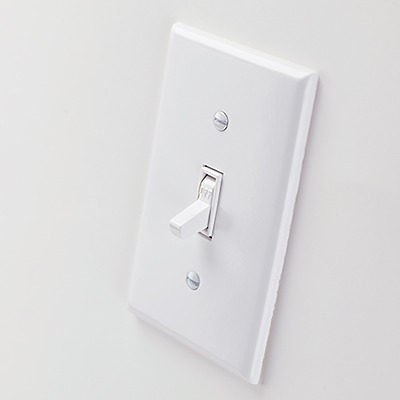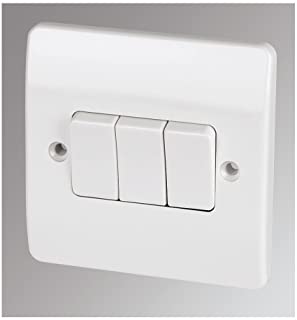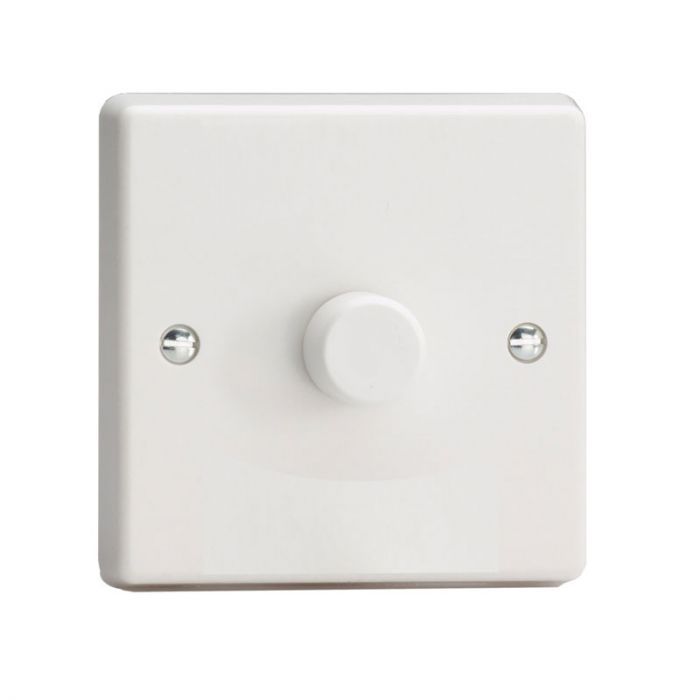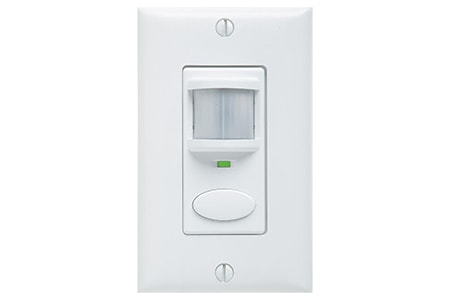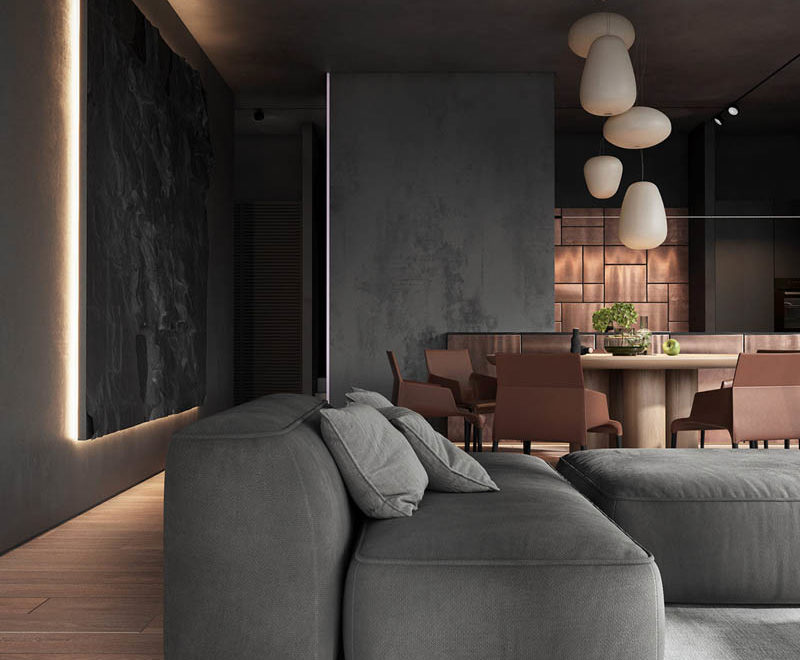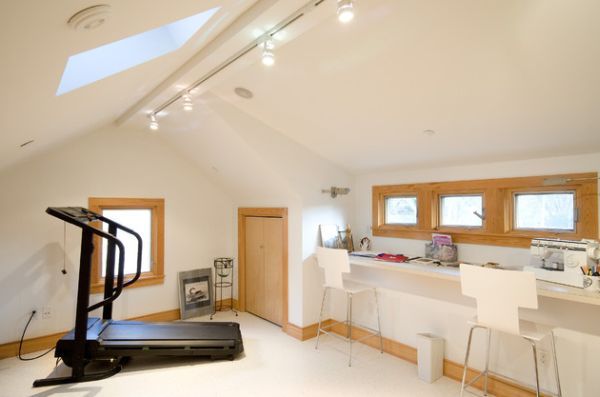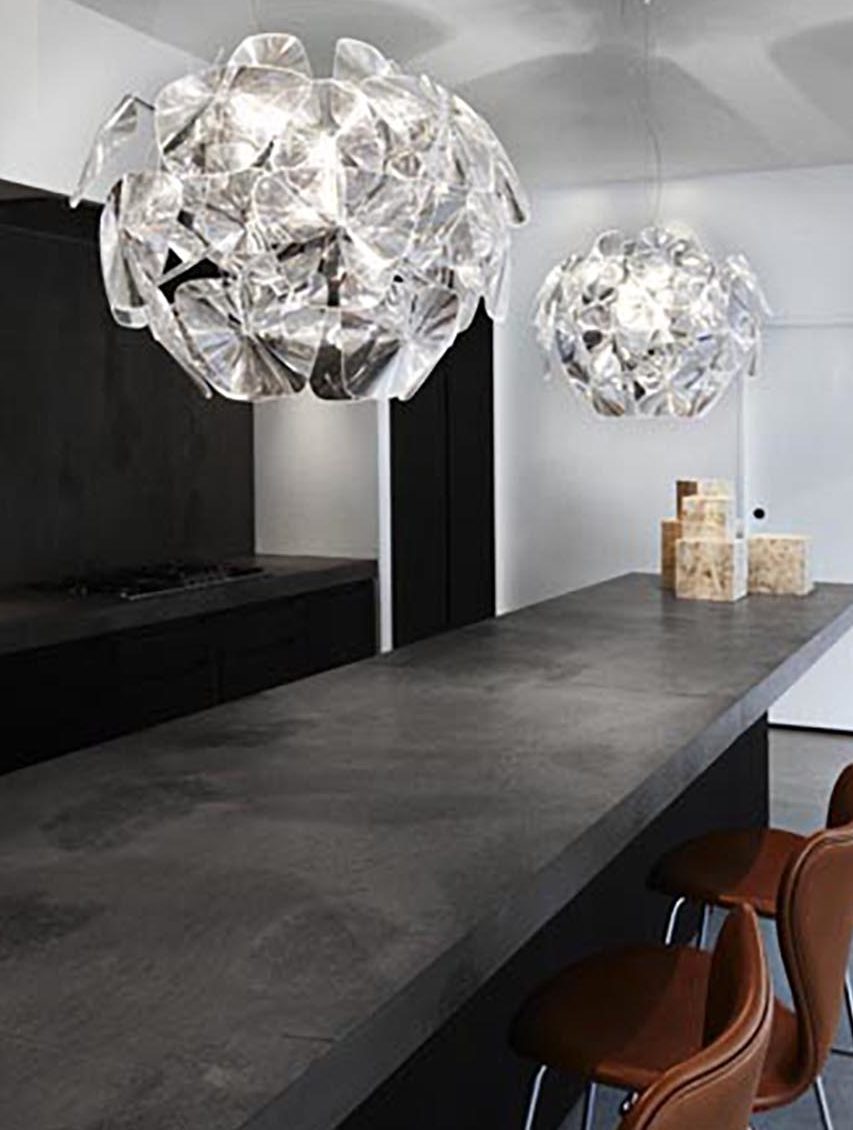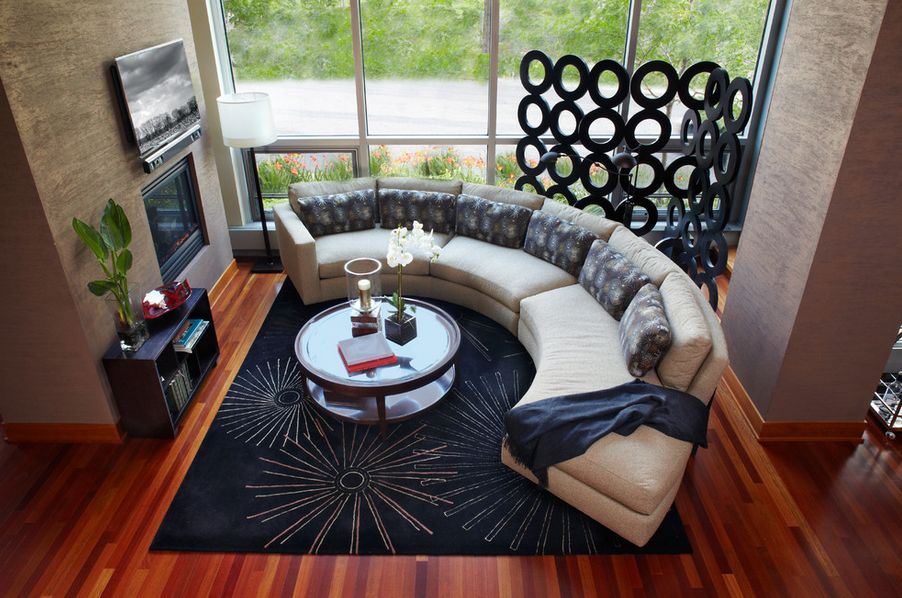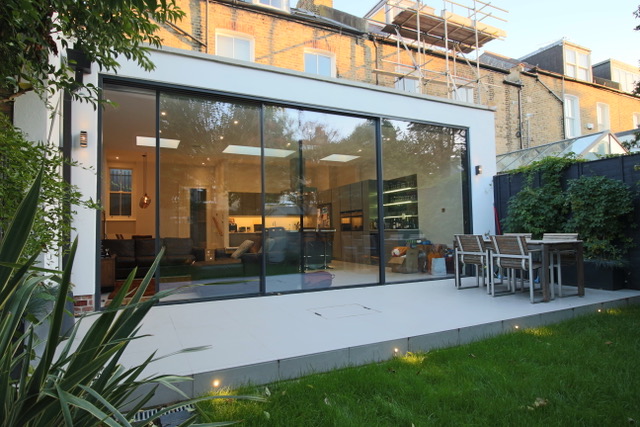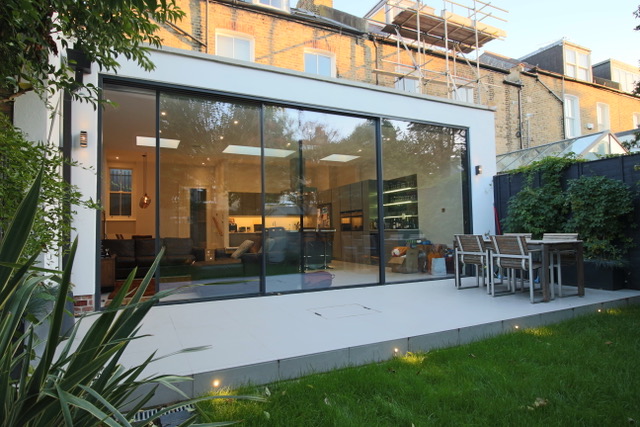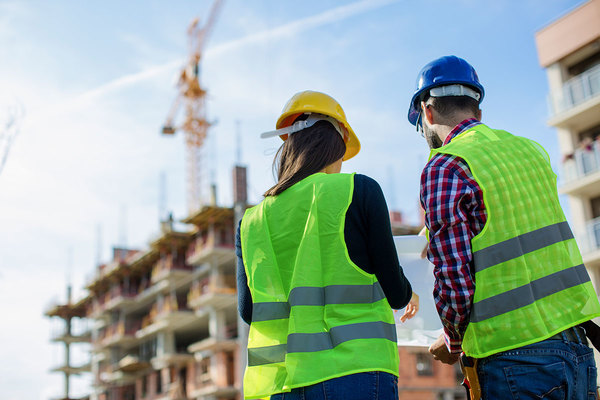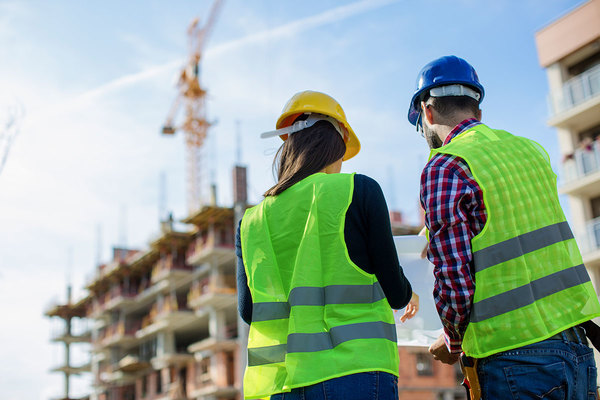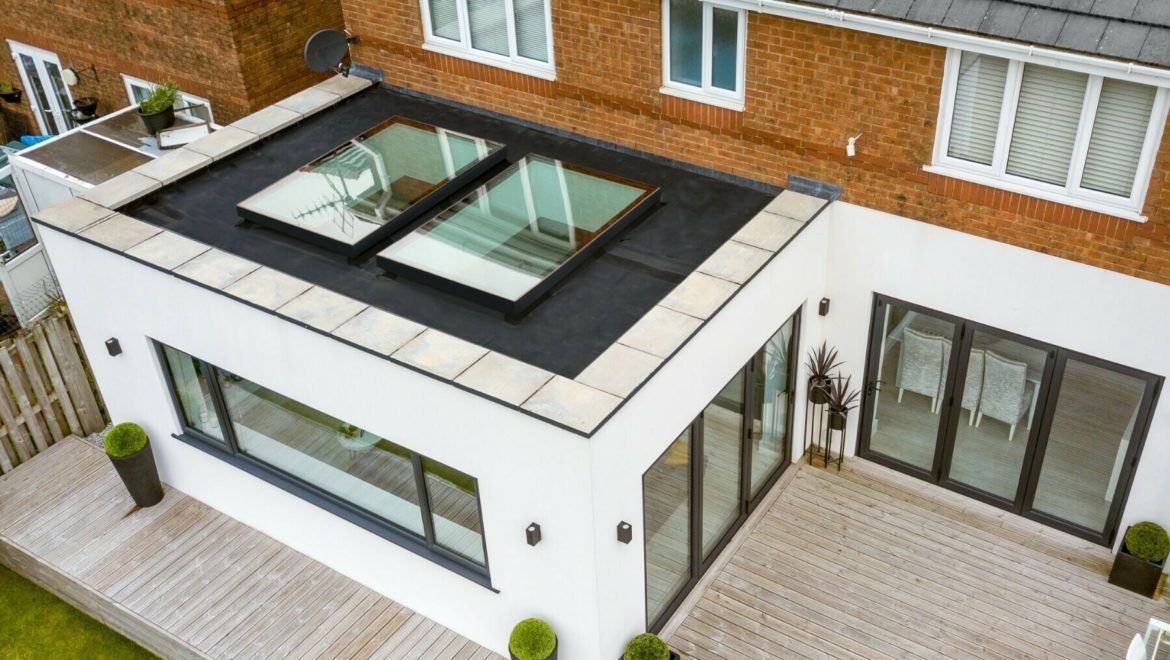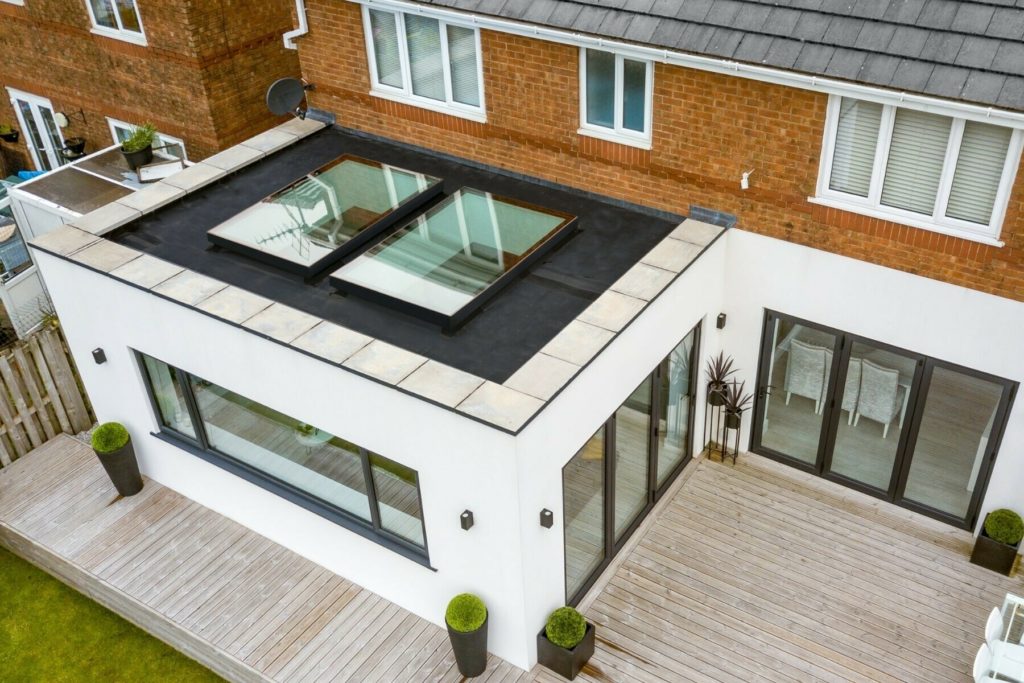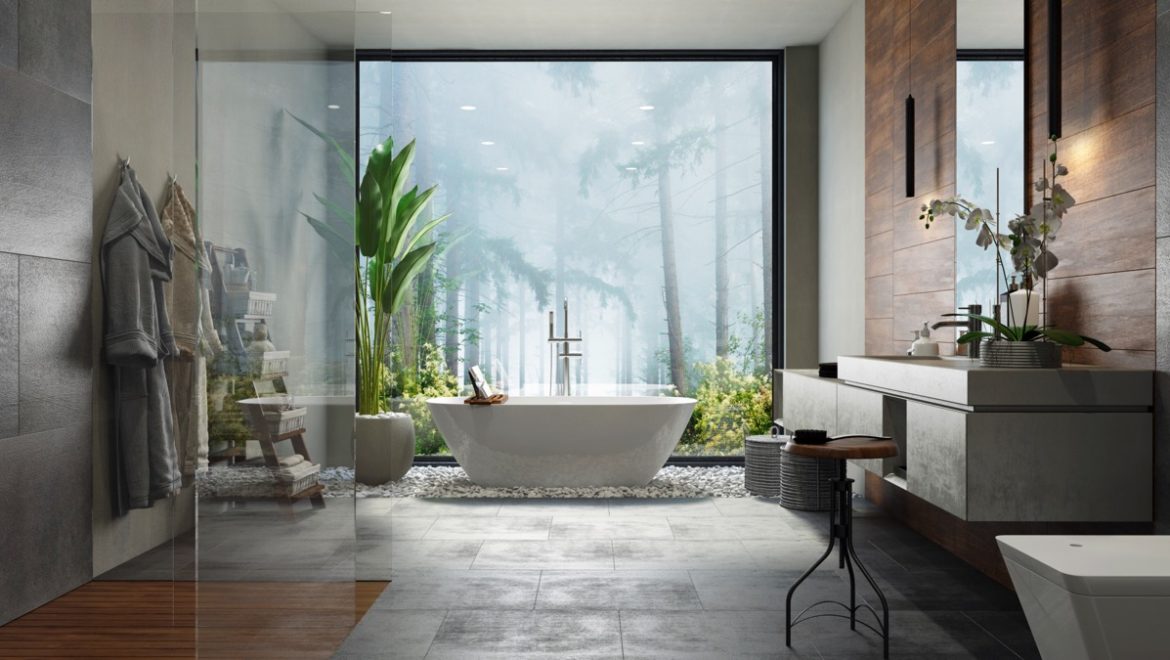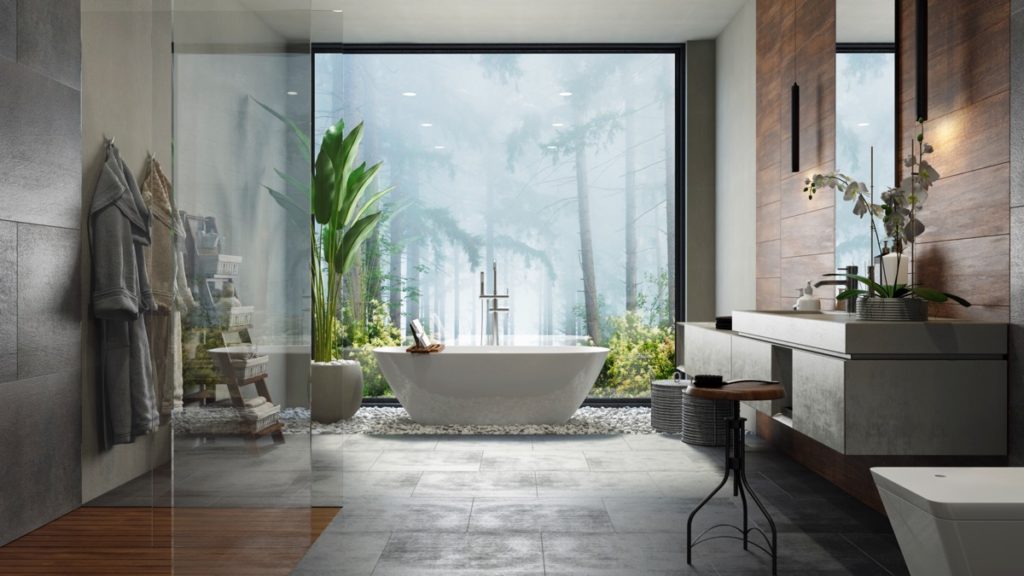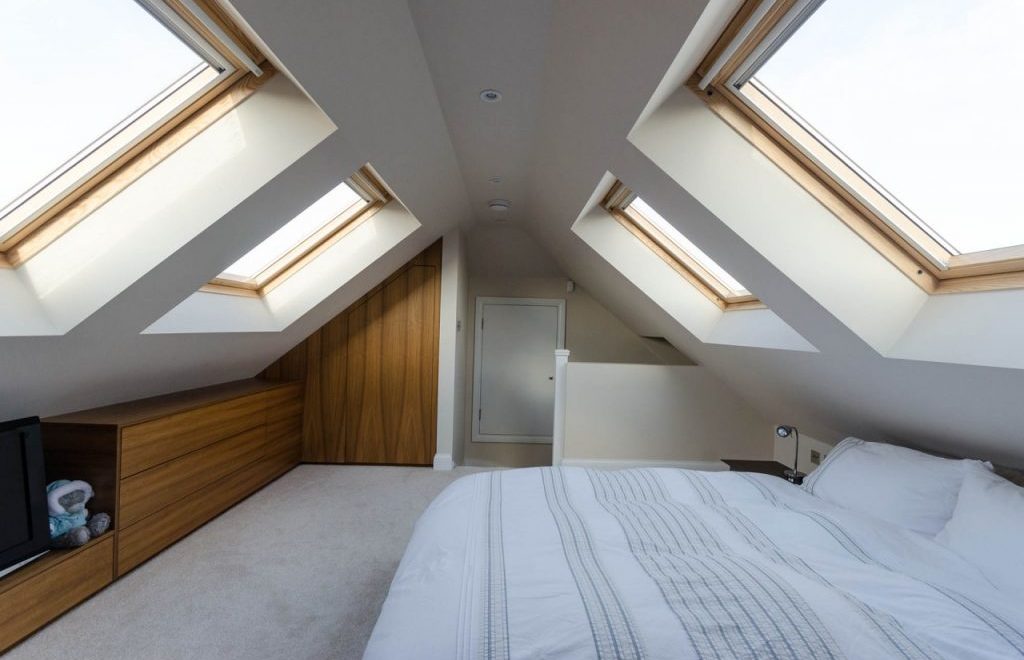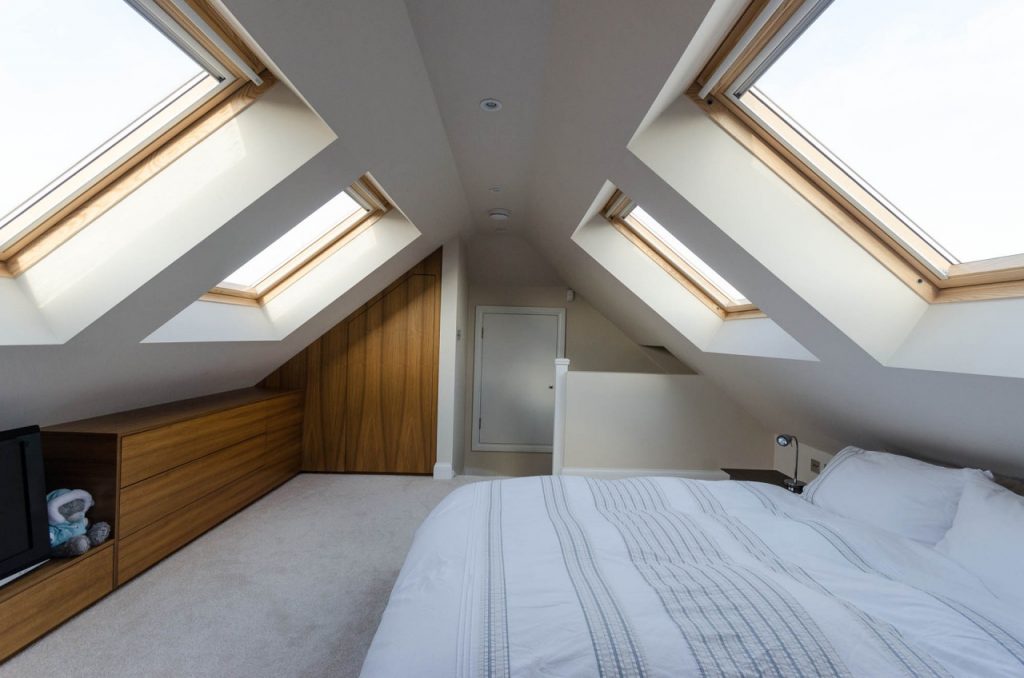Thanet: What Extensions Are Good For You
One of the best ways to raise the value to your home or to add to space is to add an extension in Thanet. There are many extensions you can have. For example, adding a single-storey, side or double-storey extension.
Types of extensions
- Side return
- Rear
- Single-storey
- Double-storey
- Front
- Wrap around
Rear extension
This extends out from the side of your home and combines with the back of your property. This gives a lot of extra space and is a great project for those wanting a larger kitchen area or an open floor plan.
Side return extension
Providing you own the side of your house, building a side extension to the side can have a huge impact on your home. It will make your home look larger.
Wrap around extension
If you cannot decide between a side return and rear extension, why not have both? This is a combination of the two.
Double-storey
When wanting as much space as possible a double-storey extension would be the best for you. It means you can have an additional or bigger living space and have an extra room upstairs.
Will an extension add value to your home in Thanet?
On average the homes in Thanet are sold on an average of £282.000. An extension can raise the value of your home by 5-15% depending how much work you’ve decided to put into it. £282.000 raised by 15% is £324.300.
Planning permission
Some extensions will not need full planning permission and can come under permitted development before construction you should find out what it falls under before starting to prevent your local council from taking action. If you build without following the planning rules you can be told to fix it so it complies or they can force you to demolish the work that’s been done.
Building Regulations
Regardless if you need full planning permission or not you will need to follow the building regulations. Building regulations have set standards:
- Fire safety
- Energy efficient
- Damp proofing
- Ventilation
- Structural integrity
- Anything else that will ensure health and safety.




